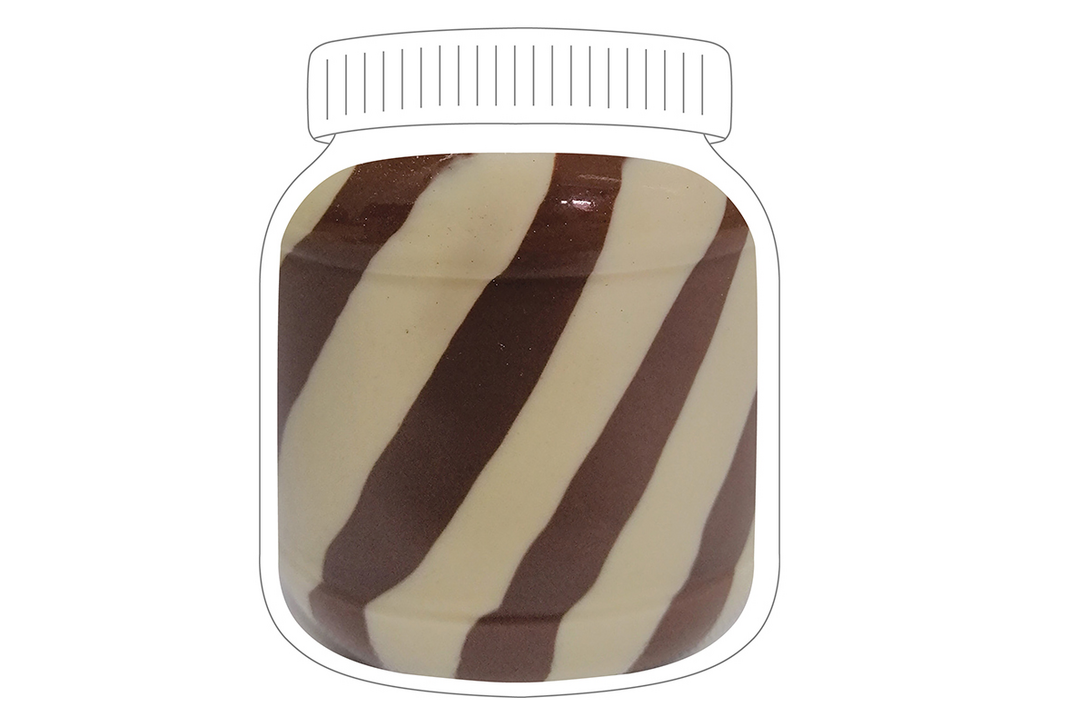Technology for product design or dance of the servo motors
A propos mature and informed: Information about the contents of a product fades into the background if your start salivating by just looking at a product. This is especially the case if it is something as tempting as white and dark chocolate, mixed together in a spiral pattern and then transitions into an attractive zigzag pattern. All clearly visible through the glass container. Simply irresistible.
This fact is confirmed by studies, such as the one conducted by the Max Planck Institute for Education Research in Berlin: we mainly make decisions based on our visual impression. It is with good reason that food stylists are much sought-after experts worldwide. When styling food, the art is to plant key images into the minds of customers. That way it is clear to customers that this spiral pattern with zigzags at the end only represents a particular brand.
Now, food stylists are more specialised at photographing products in a visually appealing manner. By contrast, Waldner Dosomat experts have mastered the art of filling food in a visually appealing manner. There is a lot of engineering expertise and sophisticated technology behind the dream of white and dark chocolate. “This would never have been possible five to ten years ago,” explains Michael Finkenzeller of Dosomat Sales. Firstly we needed the engineering for it: individually controllable servo motors and 3D printing technology. Servo motors on three axes are needed to fill two different mixtures into a container in a spiral pattern: on the first axis, the motor moves to and from the base of the glass, the second axis performs the rotation, and the third axis moves the motor horizontally to make the zigzags.
Servo motor ballet
“The actual major task is now in the creation and execution of the pattern,” Michael Finkenzeller continues. “We need to work with the original product to perfectly adjust the motors to the viscosity, and then individually program the entire process of the pattern.” 3D printing is the second crucial technical advance: special valves are needed to fill a mixture with a pattern. Each has a very individual shape. “Our engineers design these directly on a PC, depending on the requirements. Implementing a design, such as this, with a traditional milling machine would have been far too time-consuming and costly – and often impossible,” says Finkenzeller. “Our 3D printer lets us produce almost any shape, which looks good, and the development of which also gives our engineers real pleasure.” An almost infinite number of forms and patters can be created and realised together with the sophisticated drive technology. And it doesn‘t always need to be chocolate. The different ingredients of pre-packaged ready meals can also be precisely portioned and placed, ensuring an attractive appearance of the meal. After all, whether it‘s a ready meal or chocolate mousse, we also eat with our eyes – which influences the foods we choose on a supermarket shelf.
